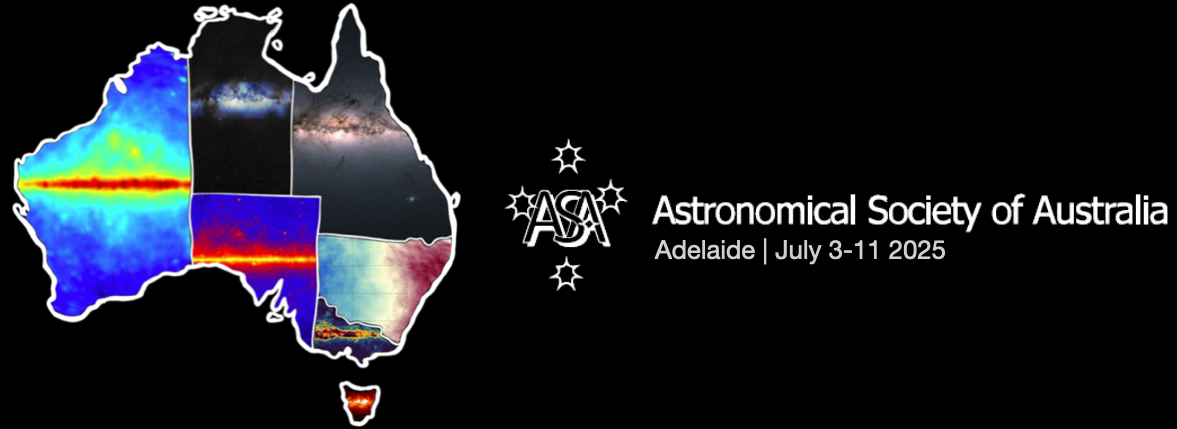Speaker
Description
AGN accretion discs cannot be directly resolved, making flux variability a powerful probe of their internal structure and accretion processes. However, host galaxy contamination complicates variability studies of low-luminosity AGN. To address this gap, we characterise the optical variability of a sample of ~250 low-luminosity AGN at z < 0.1 through the ensemble variability structure function using difference photometry. We find that the variability behaviour deviates from predictions extrapolated from the high-luminosity end. Our results suggest that there may be two distinct mechanisms behind the variability, one dominating in the low-luminosity regime and the other in the well-studied high-luminosity regime. We also find differences between the behaviour in the cooler outer disc we probe and the well-studied hotter inner disc, indicating that a more complex accretion disc model may be needed to explain the variability.

